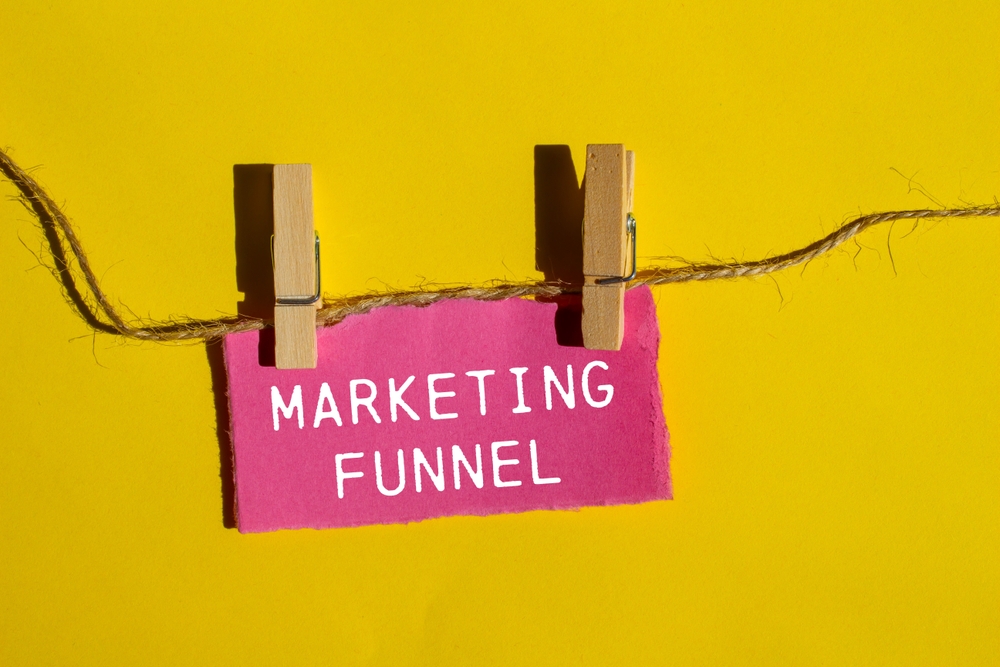Content marketing is a powerful strategy that helps businesses attract, engage, and convert their target audience. However, without a structured approach, content efforts may not yield the desired results. This is where a well-designed Content Marketing Funnel comes into play. A structured funnel ensures that potential customers move seamlessly from awareness to conversion, ultimately boosting sales and brand loyalty. In this article, we will explore the essential steps to building a high-converting content marketing.
Understanding the Content Marketing Funnel
A Content Marketing Funnel is a strategic framework that guides prospects through different stages of the buyer’s journey. It typically consists of three main stages:
Top of the Funnel (ToFu) – Awareness Stage
Middle of the Funnel (MoFu) – Consideration Stage
Bottom of the Funnel (BoFu) – Conversion Stage
Each stage requires tailored content to nurture potential customers effectively. Now, let’s break down how to optimize each phase for maximum conversions.
1. Creating Awareness at the Top of the Funnel
At the awareness stage, your goal is to attract potential customers and introduce them to your brand. This is where educational and engaging content plays a crucial role.
Blog Posts & SEO Content: Publish informative articles that address common industry challenges and questions. Optimize content marketing blog for relevant keywords to improve search visibility.
Social Media Marketing: Share valuable insights, infographics, and engaging posts to reach a broader audience.
Videos & Podcasts: Create engaging video content marketing or podcasts that provide solutions and build trust with your audience.
Lead Magnets: Offer free eBooks, whitepapers, or webinars in exchange for email subscriptions to start nurturing leads.
By focusing on valuable content rather than hard-selling, you establish credibility and attract a wider audience.
2. Nurturing Prospects in the Middle of the Funnel
Once potential customers are aware of your brand, the next step is to nurture their interest and help them evaluate their options.
Email Marketing Campaigns: Send personalized emails with relevant content, case studies, and industry insights to keep leads engaged.
Webinars & Live Demos: Conduct live sessions to showcase how your product or content marketing service solves specific pain points.
In-Depth Guides & Comparison Articles: Help potential customers compare options and understand why your solution is the best fit.
Retargeting Ads: Use retargeting strategies to re-engage visitors who have interacted with your content but haven’t converted yet.
Providing value-driven content at this stage builds trust and positions your brand as a reliable solution provider.
3. Driving Conversions at the Bottom of the Funnel
At this stage, your focus is on persuading leads to take action and convert into customers.
Customer Testimonials & Case Studies: Showcase real success stories and client testimonials to establish credibility.
Product Demonstrations & Free Trials: Offer hands-on experiences to help prospects make confident purchasing decisions.
Personalized Offers & Discounts: Create special promotions or limited-time offers to encourage immediate action.
Clear Calls-to-Action (CTAs): Ensure your CTAs are compelling and direct, guiding users towards making a purchase or signing up.
A strong bottom-of-the-funnel strategy ensures that nurtured leads turn into paying customers, increasing overall conversion rates.
Optimizing & Measuring Funnel Performance
Building a high-converting Content Marketing Funnel doesn’t end with implementation. It requires continuous optimization to improve performance.
Track Key Metrics: Monitor content marketing metrics like website traffic, lead conversion rates, email open rates, and customer acquisition costs.
A/B Testing: Experiment with different headlines, CTAs, email subject lines, and landing page designs to identify the most effective strategies.
Leverage Analytics Tools: Use tools like Google Analytics, HubSpot content marketing certification, or SEMrush to analyze user behavior and refine your funnel.
Gather Customer Feedback: Listen to customer feedback and refine content based on their preferences and pain points.
By continuously analyzing and improving each stage of the funnel, businesses can maximize their return on investment (ROI) and drive sustainable growth.
Conclusion
A well-structured Content Marketing Funnel is essential for guiding potential customers from awareness to conversion. By creating engaging top-of-the-funnel content, nurturing leads in the middle stage, and optimizing bottom-of-the-funnel strategies, businesses can significantly boost their conversion rates. The key to success lies in consistently delivering value, building trust, and continuously refining the funnel based on performance insights. Start optimizing your content marketing strategy today and watch your conversions soar!


